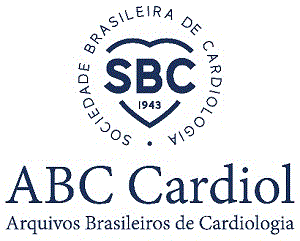The process of angiogenesis involves a complex sequence of stimuli and integrated responses, such as stimulation of endothelial cells (ECs) for their proliferation and migration, stimulation of the extracellular matrix (ECM) for the attraction of pericytes and macrophages, stimulation of smooth muscle cells for their proliferation and migration, and formation of new vascular structures. Angiogenesis is mainly an adaptive response to tissue hypoxia and depends on the accumulation of the hypoxia-inducible factor (HIF-1α) in the ischemic myocardial area, which increases the transcription of the vascular endothelial growth factor (VEGF) and its receptors VEGF-R by the ECs undergoing ischemia. Those steps involve enzymatic mechanisms and plasminogen activator proteases, metalloproteinases (MMP) of the ECM, and kinases that cause proteolytic molecular degradation of the ECM and activation and release of growth factors, such as: basic fibroblast growth factor (bFGF), VEGF, and insulin growth factor-1 (IGF-1). In the intermediate phase, stabilization of the immature neovascular sprout occurs. The final phase is characterized by vascular maturation of the physiological angiogenesis. In conclusion, coronary angiogenesis in adults is fundamentally a paracrine response of the preexisting capillary network under pathophysiological condition of ischemia and inflammation.
Myocardial ischemia; neovascularization; physiologic; endothelial cells; adult



